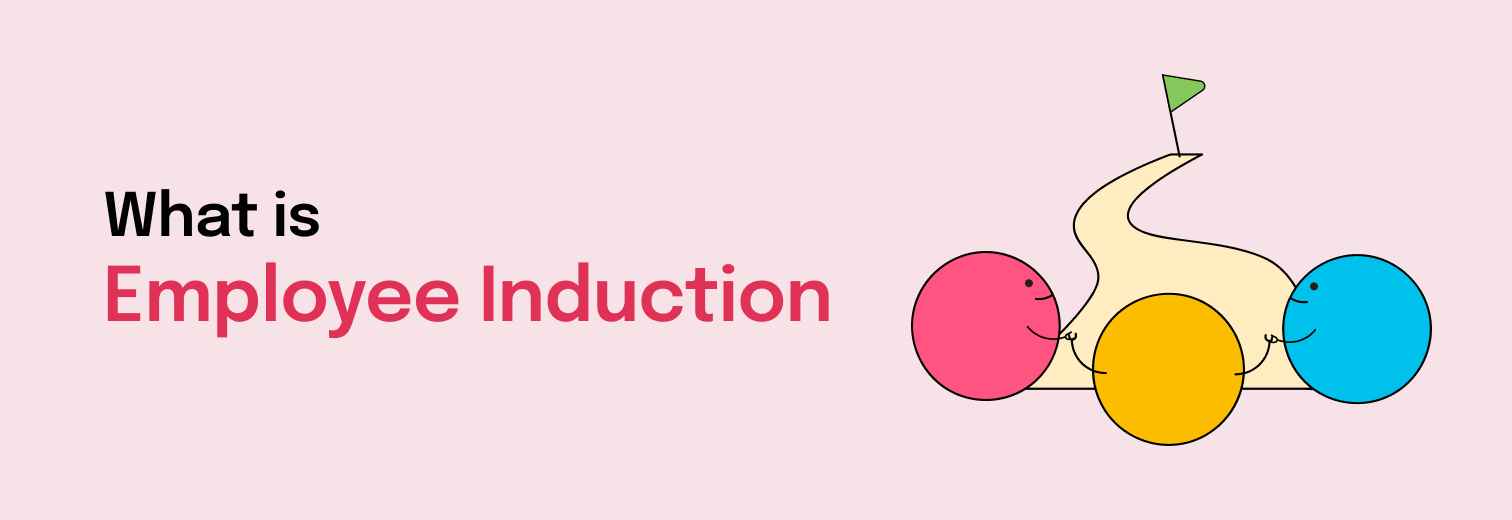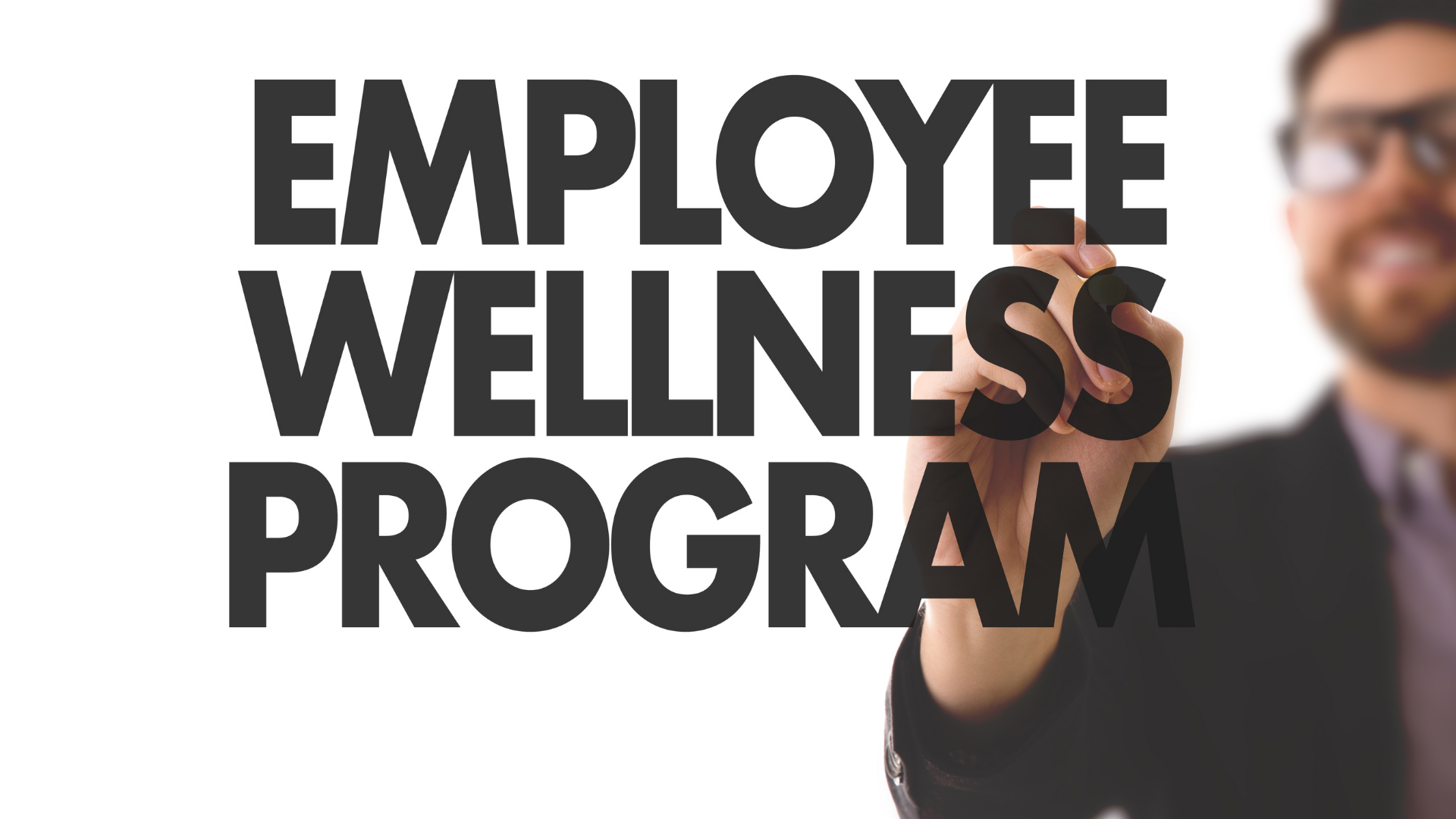Employee Induction: Setting the Foundation for Success
Employee induction is the critical process of introducing new hires to their roles, responsibilities, and the company culture. A thoughtfully structured employee induction not only sets a positive tone but also equips new employees with the knowledge and support they need to excel. Research shows that a strong employee induction process can improve productivity and retention significantly, making it a cornerstone of successful organizations.
This guide explores the core elements, strategies, and best practices of induction training for employees to help companies create a seamless experience for every new joiner.
Why is Employee Induction Important?
Table of Contents
An effective employee induction program goes beyond just showing new hires where the break room is; it ensures they feel welcomed, prepared, and connected to the organization’s mission. Here’s why it matters:
1. Building Employee Confidence
- Starting in a new company often comes with a mix of excitement and nerves. A structured new employee induction program reassures employees that they’re valued and prepared for success. This not only builds confidence but also motivates them to begin contributing immediately.
2. Improving Retention and Engagement
- Studies indicate that companies with a solid employee onboarding and induction process experience higher employee retention rates. When employees feel well-supported from the start, they’re more likely to stay loyal to the company, reducing costly turnover rates.
3. Fostering Cultural Integration
- A well-designed employee induction process goes a long way in helping employees understand and adopt the company’s culture and values. Through induction training for employees, they grasp not just what they need to do, but also how to fit into the organization’s ethos. This creates a unified workforce aligned with the organization’s vision.
4. Setting Clear Expectations
- Employee induction is a prime opportunity to set clear expectations for performance, goals, and behavior. This clarity enables new hires to understand exactly what’s expected from them and reduces any confusion that could lead to early frustration.
Key Elements of a Successful Employee Induction Program
A successful employee induction process is comprehensive, covering multiple aspects to ease the transition into the company. Below are essential elements for a well-rounded induction training for employees:
Orientation and Welcome
- Kick off the program with a warm and engaging welcome session where new hires meet team members, managers, and leaders. Highlighting the company’s background, core values, and long-term mission can help them connect with the organization on a deeper level.
Introduction to Roles and Responsibilities
- Outline the specific duties and responsibilities for each new employee, along with short-term and long-term goals. This detailed approach helps employees understand how their contributions support the company’s overall objectives, setting a clear path to success.
Health, Safety, and Compliance Training
- In the modern workplace, safety and compliance are paramount. Cover necessary protocols, including emergency procedures, cybersecurity practices, and relevant legal requirements. This training not only ensures employee safety but also reinforces the organization’s commitment to their well-being.
Access to Tools and Resources
- Ensure that employees have all the resources they need to perform their job effectively. This includes setting up workstations, providing access to necessary software, and ensuring a seamless technical setup. Offering a checklist of resources helps simplify this part of the employee onboarding and induction process.
Mentorship and Ongoing Support
- Assign a buddy or mentor to help guide new hires through their first few weeks. This mentorship provides a valuable support system, allowing new employees to ask questions and gain insights from someone more experienced in the company’s culture and procedures.
Different Types of Employee Induction Programs
Organizations may adopt different styles of induction training for employees depending on their goals and the nature of the role. Here are some common types:
- Formal Induction: A highly structured program, involving a scheduled series of sessions and presentations. This is typically comprehensive, covering a range of topics including role expectations, policies, and team introductions.
- Informal Induction: A more flexible approach where new employees are introduced to the company gradually through informal interactions. This approach is often effective in fostering organic workplace relationships.
- Departmental Induction: Specific to the new hire’s department, focusing on department goals, team dynamics, and role-specific expectations. This type of induction helps new hires understand their immediate work environment and build relevant connections.
- Group Induction: Ideal for onboarding several employees simultaneously, fostering camaraderie among them. Group induction programs provide a shared experience, which can be particularly beneficial in larger organizations.
- Virtual Induction: With the rise of remote work, virtual employee induction programs are becoming increasingly common. This method leverages digital tools to conduct onboarding activities, making it convenient for distributed teams.
Step-by-Step Guide to Conducting a Successful Employee Induction
A successful employee induction process typically includes multiple steps to ensure a smooth and effective transition. Here’s a structured approach:
- Preparation Before Day One
- Confirm that all technical setups, such as login credentials, workstations, and communication tools, are ready. Setting up a meeting with the immediate supervisor to outline the goals of the induction can also provide valuable direction.
- First-Day Activities
- Start with an engaging orientation session that includes introductions to team members, a company tour, and an overview of the workplace layout. Small touches like a welcome kit can make a big difference in helping new hires feel appreciated.
- Week One Schedule
- Plan structured induction training for employees for each day of the first week, covering topics such as role-specific skills, compliance, and company policies. Include regular check-ins with mentors and supervisors to ensure they are adjusting well.
- Ongoing Support (30-90 Days)
- Support doesn’t end after the first week. Schedule regular feedback sessions to monitor the new hire’s progress and address any challenges they might face. Toward the end of this period, conduct a performance review to set goals and discuss any developmental needs.
Common Challenges in Employee Induction and How to Overcome Them
Even with a robust employee induction process, some common obstacles may arise. Here’s how to address them:
- Information Overload
- Rather than overwhelming employees with information on the first day, distribute content across the induction period. Using handouts, summaries, and follow-up sessions can help reinforce key points effectively.
- Low Engagement
- Boost engagement by incorporating interactive elements, such as team-building activities and gamified training modules. Creating engaging induction training for employees can improve retention and make learning enjoyable.
- Remote Induction Challenges
- For remote employees, leverage video calls, digital meet-and-greets, and virtual resources to foster connectivity. Regular video check-ins can help remote employees feel involved, even from a distance.
Best Practices for a Memorable Induction Program
To make your employee induction program truly effective, consider these best practices:
- Personalize the Experience: Tailor the induction process to each role, making adjustments for different departments as necessary.
- Gather Regular Feedback: Continuously ask for feedback from new hires to refine and improve the employee induction process.
- Use Gamification to Boost Engagement: Interactive activities, such as quizzes or mini-challenges, can make learning more enjoyable and memorable.
- Clear Communication Channels: Clearly outline who new hires can contact for various queries, ensuring they feel supported and can get assistance when needed.
How Employee Induction Supports Long-Term Company Goals
A structured employee induction process not only benefits new hires but also aligns with the company’s strategic goals:
- Boosting Productivity: Employees who are well-prepared tend to become productive faster, contributing to company goals.
- Strengthening Company Culture: An employee induction process that communicates core values fosters a culture of unity and purpose.
- Reducing Turnover: By investing in a welcoming and supportive induction program, organizations can increase employee loyalty and reduce turnover, supporting workforce stability.
Conclusion
A well-planned employee induction program is a cornerstone of successful talent integration, helping new hires feel confident, valued, and connected to the company’s goals. From providing the right resources to offering mentorship and ongoing support, comprehensive induction training for employees builds a foundation for long-term productivity and satisfaction.
Frequently Asked Questions (FAQs)
Q1. What is employee induction?
Employee induction is the introductory process where new hires learn about their roles, responsibilities, and the organization’s culture.
Q2. How long should an induction program last?
An effective induction program usually spans from one day to several weeks, depending on the role and complexity of the position.
Q3. What are the key components of an induction program?
Essential elements include orientation, role clarity, compliance training, and ongoing support through mentorship.
Q4. How is induction different from onboarding?
Induction typically focuses on initial introduction, while onboarding is a broader, longer-term integration process.
Q5. Why is induction essential for retention?
Induction makes employees feel welcomed and prepared, which reduces early turnover and fosters loyalty.
Q6. What is the role of mentors in induction?
Mentors provide guidance and support, helping new employees navigate their new roles smoothly.
Q7. How can remote employees be effectively inducted?
Use virtual tools for orientations, video meetings, and digital resources to engage remote employees.
Q8. How can companies gather feedback on their induction process?
Conduct surveys or informal feedback sessions to gather insights and continuously improve the induction experience.










